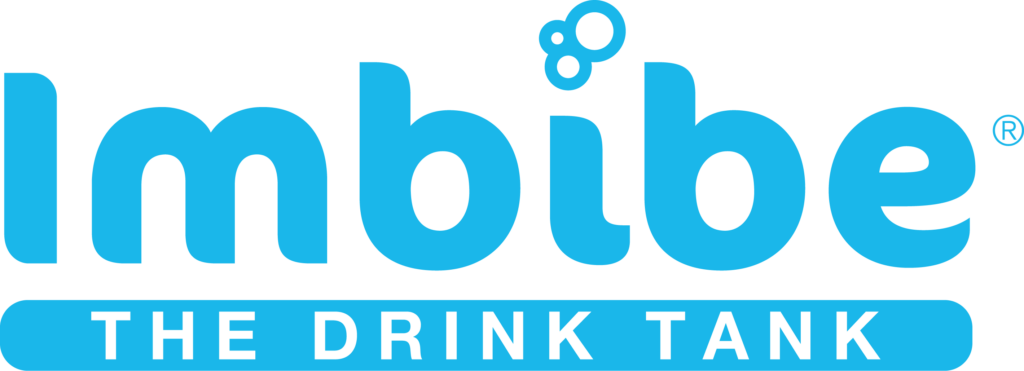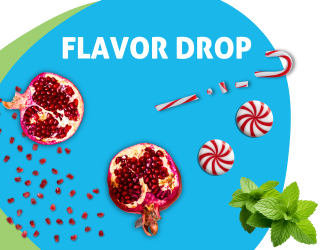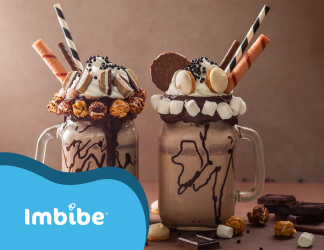The DIY Gourmet Chef: From a make-your-own-cold-brew coffee kit to fermenting tea or vegetables on a kitchen counter, to meal prep kits, consumers demand ownership of their food preparation.
Market Examples: Purple Carrot, Grady’s Cold Brew Kit, Home Chef
 Veganism: Consumers who value social responsibility and environmental conservation are driving the growth of products without animal products or by-products. A recent report on veganism in the U.K. found a 350% growth in the past decade, and veganism in the U.S. is also on the rise. Products that use pulses and plant-based dairy alternatives attract vegan consumers, and more products are including “vegan” on their label.
Veganism: Consumers who value social responsibility and environmental conservation are driving the growth of products without animal products or by-products. A recent report on veganism in the U.K. found a 350% growth in the past decade, and veganism in the U.S. is also on the rise. Products that use pulses and plant-based dairy alternatives attract vegan consumers, and more products are including “vegan” on their label.
Market Examples: 1915 Organic Bolthouse Farms Juices, Kite Hill, Cocoburg Coconut Jerky
The Paleo Diet: Brands are now featuring the terms “paleo” or “paleo-friendly” on their packaging to communicate that their products are in line with this grain-free (or grain-light) diet that prioritizes meat and protein to consumers. Paleo dieters avoid trans-fats, too much sodium and additives like msg and artificial sweeteners.
Market Examples: Epic Bar, Paleoful, Vixen Kitchen Ice Cream, This Pie is Nuts
The Keto Diet: This high fat, low carb diet is used in the medical field to treat epilepsy but has started to gain consumer interest for its potential to contribute to weight  loss. More brands may incorporate keto into their names or label low carb, high fat, and high protein products as keto or keto-friendly.
loss. More brands may incorporate keto into their names or label low carb, high fat, and high protein products as keto or keto-friendly.
Market Examples: Phat Fudge; Keto Bars, Quest Keto
Flexitarianism: Meat substitutes from vegetarian protein sources are growing in popularity as a growing number of consumers reduce their meat intake. A variety of plants are used in these products, including soy (tofu), jackfruit, beans, and mushrooms.
Market Examples: No Bull Burger, The Jackfruit Company, Lightlife, Go Umami Baked Tofu Bar
Sustainability and Waste Reduction : Food waste is at the forefront of many consumers’ minds. As a result, many brands are innovating with typically-discarded food sources. The UglyFruitAndVeg Campaign encourages consumers to eat oddly-shaped fruits and vegetables. Other brands discuss commitments to donating discarded ingredients to farms as animal feed or use packaging that takes up less space in landfills.
: Food waste is at the forefront of many consumers’ minds. As a result, many brands are innovating with typically-discarded food sources. The UglyFruitAndVeg Campaign encourages consumers to eat oddly-shaped fruits and vegetables. Other brands discuss commitments to donating discarded ingredients to farms as animal feed or use packaging that takes up less space in landfills.
Market Examples: Barnana, Rethink Water, White Moustache, Uncommon Coffee Roasters, Forager Project
Locavores: In restaurants, patrons know it as farm-to-table or farm to fork. The idea of supporting local communities and commerce has expanded to packaged products. Calling out an ingredient’s origin, labeling a product as local, or beginning distribution in a regional market are all ways to attract the local-minded consumer.
Market Examples: Pop and Bottle, Honeydrop Lemonade, Maine Root, Oregonic Tonic



